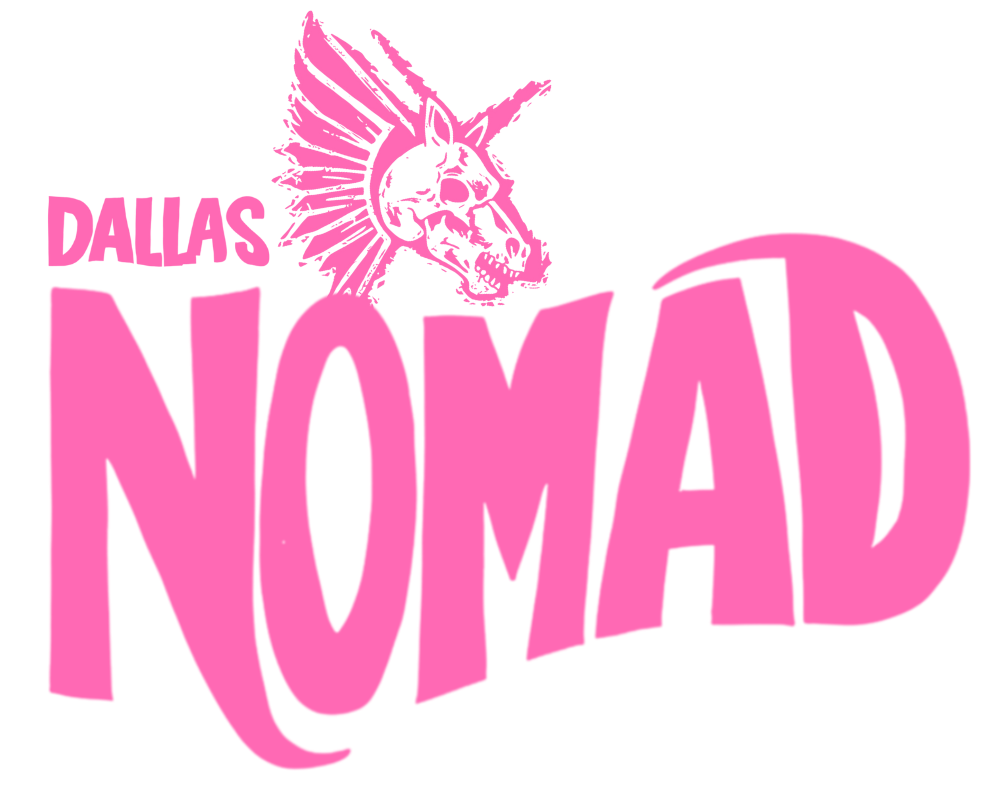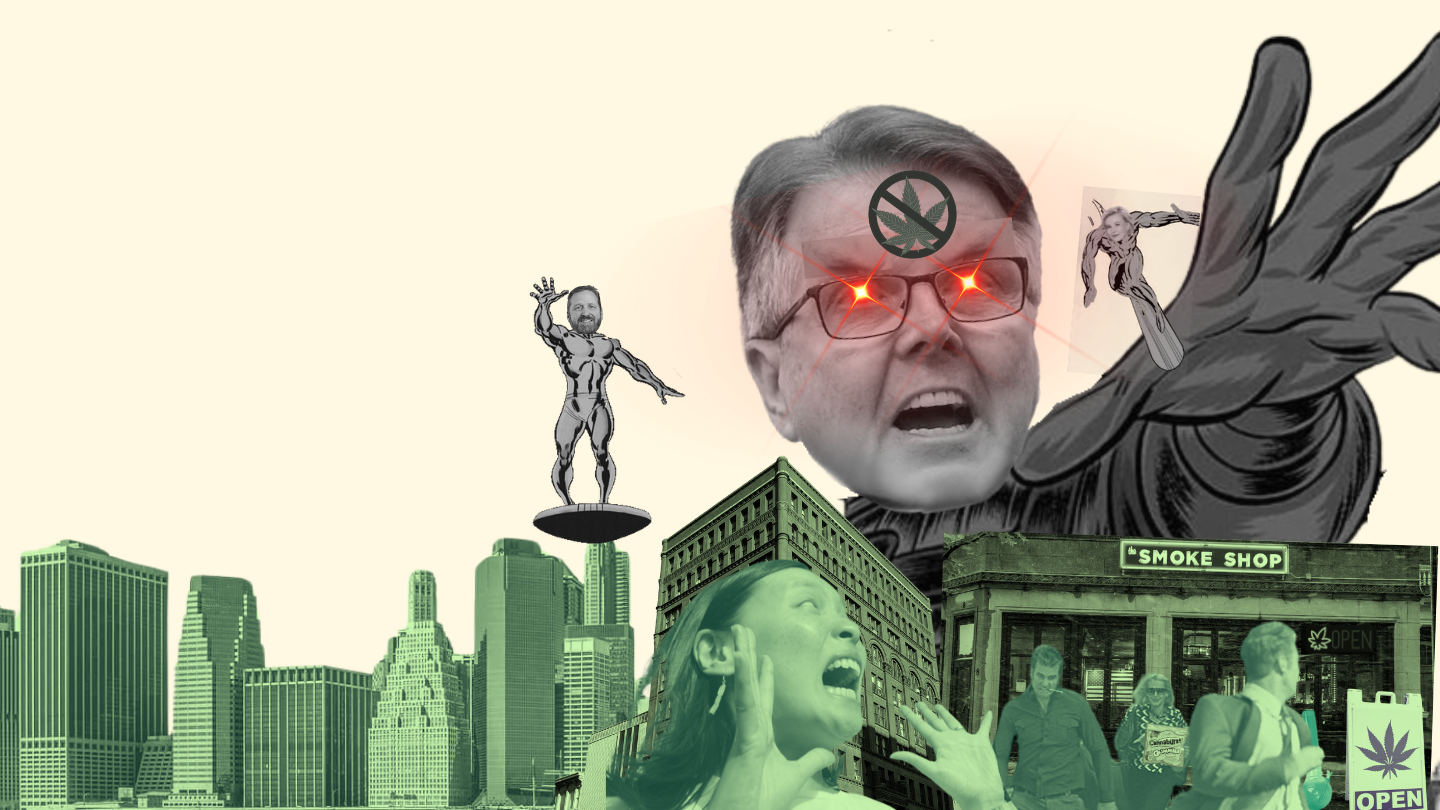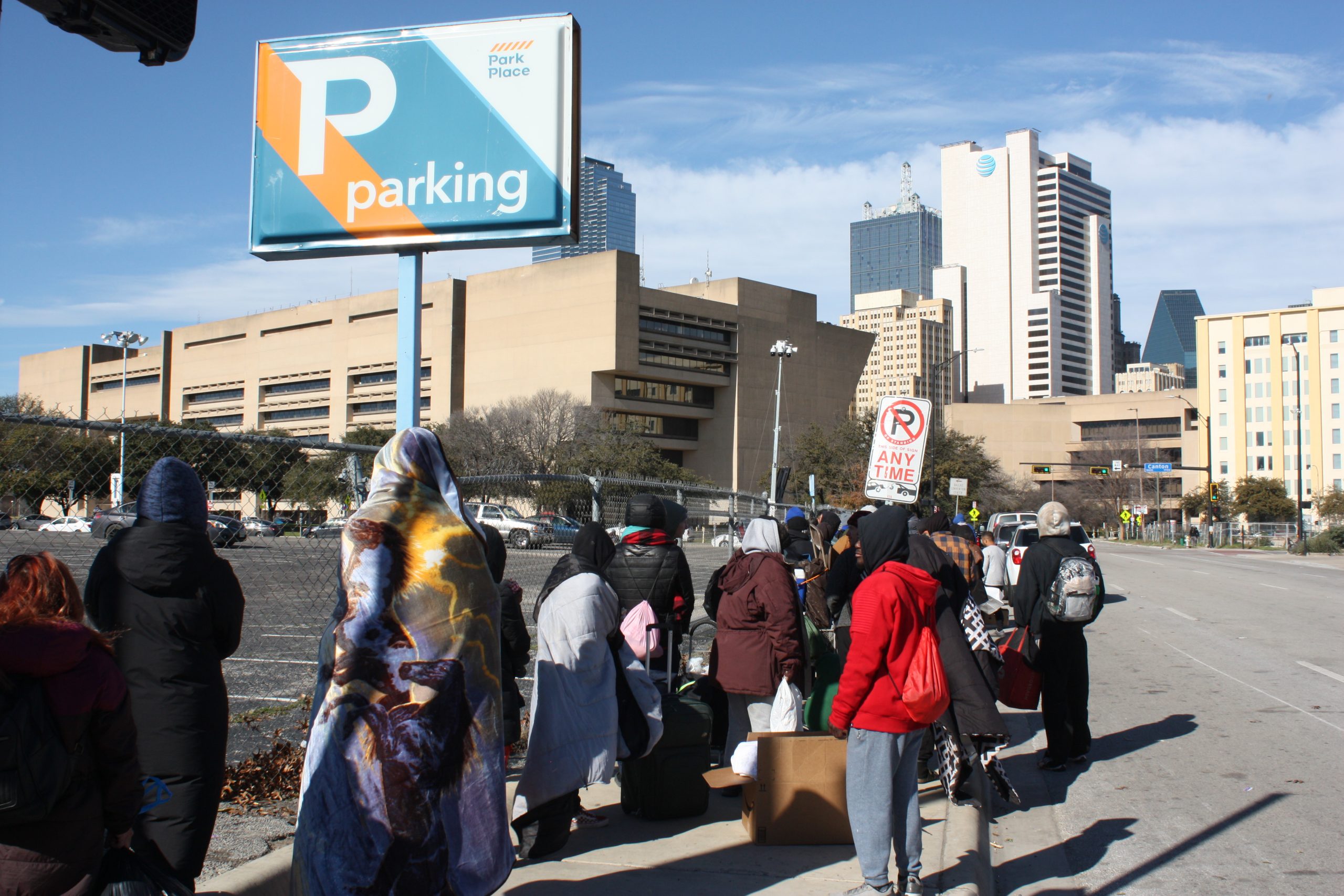White Fissures in Black-Latiné Unity in Dallas
As white supremacist institutions shore up greater influence under Trump's administration, intersectionality becomes increasingly critical.

As white supremacist institutions shore up greater influence under Trump’s administration, intersectionality becomes increasingly critical.
In “Fighting their Own Battles: Mexican Americans, African Americans, and the Struggle for Civil Rights in Texas,” author Brian D. Behnken recounts a series of anti-Black hate crimes that took place in South Dallas. In May 1950, Robert and Mary Shelton’s home was destroyed after a handful of dynamite went off, ripping the house off of its foundation. While Mary was uninjured, Robert received gashes and cuts due to flying debris hitting his face.
A month later, another bombing took place destroying yet another home, while the homeowner, John Staton, was away. In this case, there were two suspects; and one suspect named Pete Garcia admitted that he was behind some of the antagonistic behavior towards Black people in the area. Garcia put up “For Whites Only,” signs, chased two Black realtors out of the area, and even threatened Black homebuyers away while brandishing a knife. Garcia was one of two Mexican residents in the neighborhood who was suspected of violent behavior toward Black people in the area.
This, at its core, is arguably a key aspect of the long term tensions between the Black and Hispanic communities. A desire to ingratiate themselves in whatever way possible with white culture. For people like Garcia, that is through antagonism and othering.
As Xavier Velasquez of the National Alliance Against Racism and Political Repression states, leaning on being white passing (or more so attempting to acquiesce to white colonial culture for the benefits of assimilation) is something that has been going on for about forty years.
“You know, on the Latino and Chicano side of it, it’s like we have to prove ourselves. We have to show that we’re the good immigrants and we’re not the bad immigrants,” Velasquez said. At the end of the day, they criminalize all of us no matter how ‘respectable,’ we’re being.”
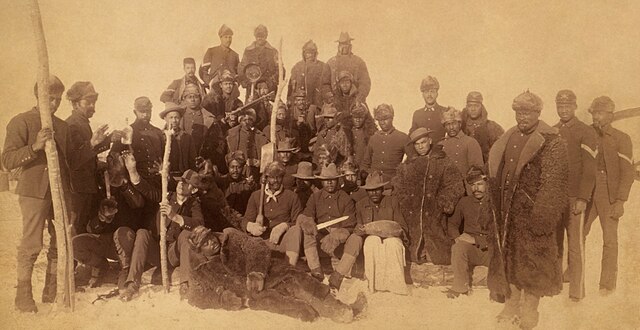
This, according to Velasquez, is due to the patriotic and poisonous culture that exists within America which in its own way encourages erasing your own identity.
W.E.B. Dubois stated in 1903 that in the Black community, there is such a thing as a double consciousness that exists. The mind is conflicted about loyalty towards America and loyalty to your racial group. There are Black people that feel an inherent patriotism, while recognizing America’s troubled history with minorities. A proximity to whiteness, and in turn, the benefits of it have been held up as a prize, something rare. When that prize is not obtained, rather than questioning why the system offers limited ways out.
The relationship between the Black and Brown communities is not solely marred with tension, or distance however. Historically, Black and Brown communities began notably working together during the civil rights era in the 1960s, with groups like the Black Panthers and the Brown Berets. In fact, the Brown Berets were inspired by the Black Panthers.
The groups, both founded in California, were frequent collaborators and the Brown Berets even participated in a “Free Huey” protest in 1968 after an arrest for manslaughter. However, there is limited information about this bond. Velasquez states that this can effectively serve to erase our collective history. For instance, the war Texas had with Mexico was fueled in part by Mexico’s refusal to continue participating in the slave trade. Velasquez argues that this combination of educational propaganda and encouraging respectability politics heavily reinforces the system we live under.
“I feel like those two things, the education system teaching its propaganda and these respectability politics play so heavily into each other into enforcing the system that we live under,” Velasquez said.
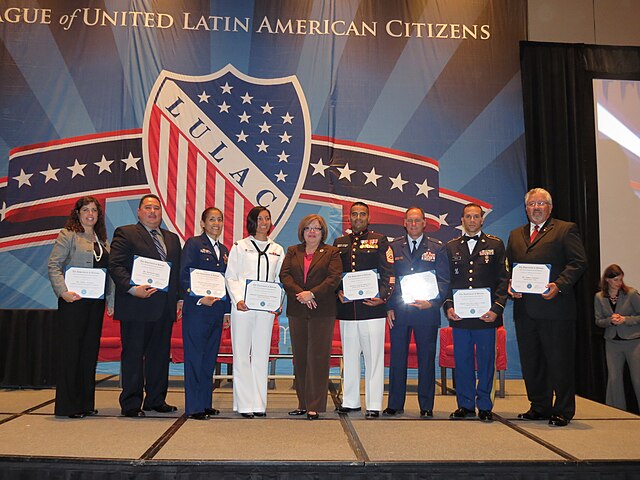
Behnken points out LULAC [League of United Latin American Citizens] – a Mexican American civil rights group – and its effort to reclassify Mexican Americans as white by the US Census Bureau as an example of this attempted assimilation. The organization, most recently accused of cultural suppression for denying the inclusion of Latin Flags at their last protest, has repeatedly been criticized by groups like Brown Berets and other left-wing organizers. Especially as LULAC’s methods have the potential to further fracture any chances of intersectionality and solidarity between Mexican Americans and other nonwhite demographics.
Take celebrities like 50 cent, who posted on Instagram detesting the pre-paid debit cards that were given to immigrants in order to buy themselves food. Or Katt WIlliams, who stated in an interview with Joe Rogan, complaining about the US government’s humanitarian efforts at the time. Rather than the system encouraging communities of color unifying in the face of adversity, we are pushed to fight for limited space and limited resources against each other.
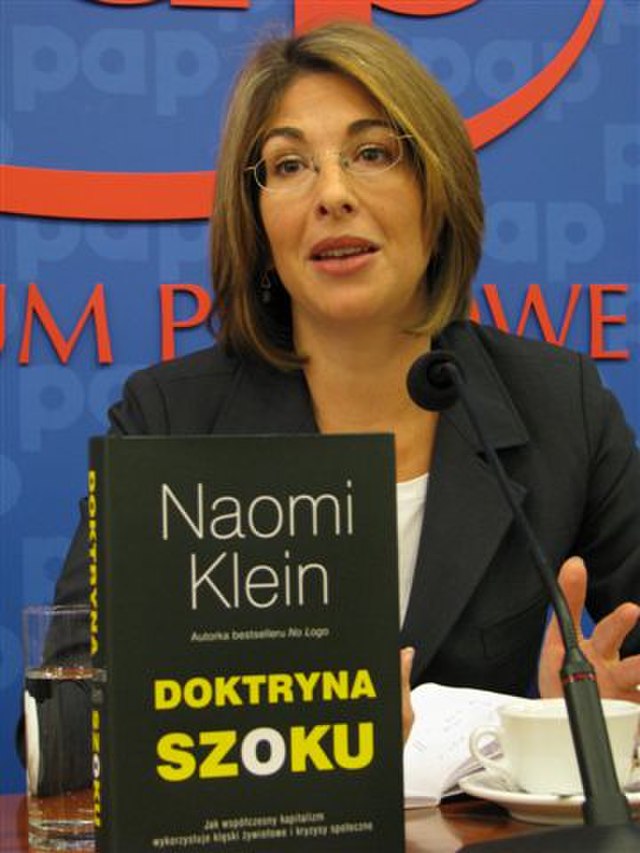
“When we talk about this kind of stuff [divisionist propaganda], it’s like in the mass media. Like it’s something they can’t ever acknowledge, right?” Velasquez said. They’re always going to do as much as they can to divide us up. Because even though we have publications that are like, “left leaning and and right leaning,” they all are kind of like a mouthpiece of power and of the system of oppression because at the end of the day, none of them talk about how we all can work together to overcome the system.”
So, how can we overcome the system? How can the oppression collectively faced by Black and Brown immigrants be effectively combated to help both communities over the next four years, especially when the current administration is bombarding us with policy changes that affect us in all aspects? Velasquez refers to this as “shock doctrine.” a theory popularized by author Naomi Klein, refers to the weaponization of a collective shock to allow pro-corporate policies to be pushed through. For instance, signing hundreds of executive orders on your first day in office. So many are being pushed through on that day, you may be too overwhelmed to focus on which are the most detrimental to you. You’re too overwhelmed by the danger posed to your everyday life to focus on implementing change via activism.
“When you’re destabilizing a nation’s economy and destabilizing their social structures, part of that is like you’re attacking them [people] with so much like economic attack sanctions. It not only destabilizes the government and the social infrastructure, but it destabilizes and disheartens the people,” Velasquez said. q

Unity however, is not completely lost. Even in this whirlwind of shock doctrine. Organizations like the National Life Against Racist Political Repression (NAARPR) offer intersectional support against oppression and brutality enacted by the state. You also have the Brown Berets, who have a branch in the Dallas area and Legalization for All, a local grassroots organization.
“I think showing people an alternative to what they’re seeing every day is kind of the first step to breaking people off of this assimilationist and super patriotic toxic culture. Even in what little way you can. Showing people that there is something else out there than just this American nightmare that’s being unleashed upon the world,” Velasquez said.
